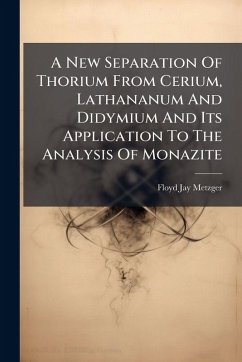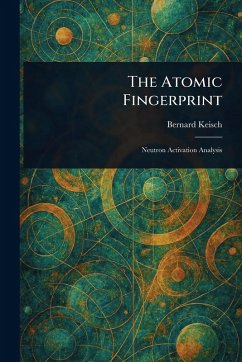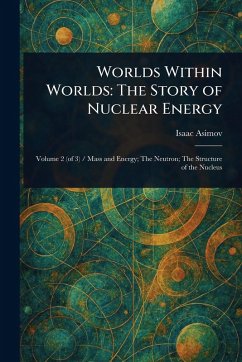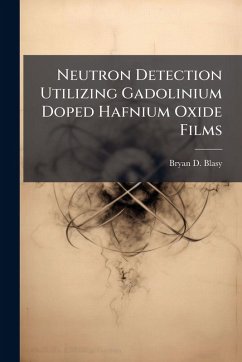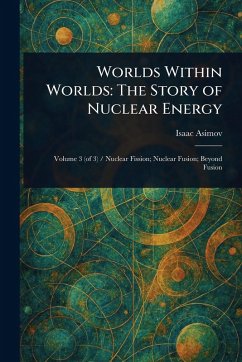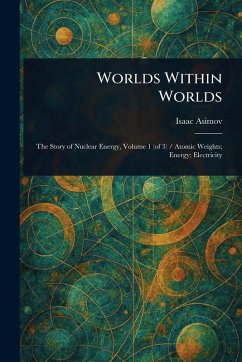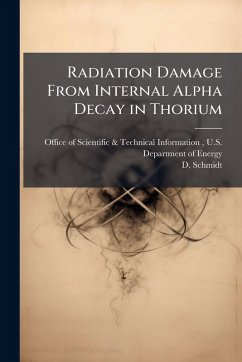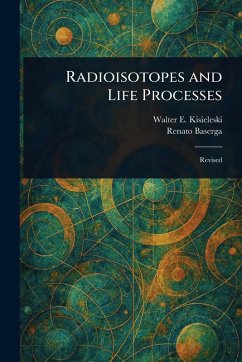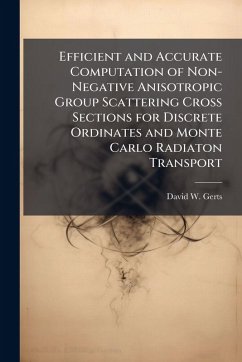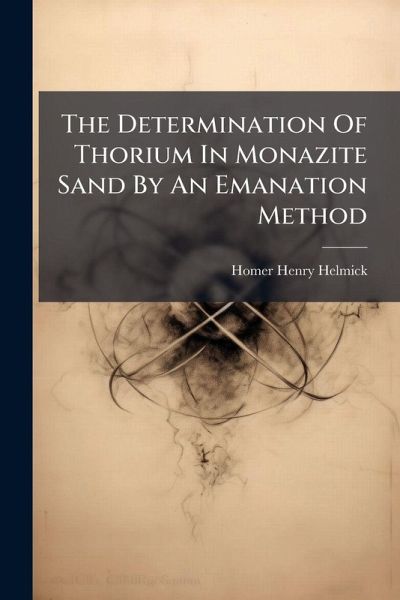
The Determination Of Thorium In Monazite Sand By An Emanation Method

PAYBACK Punkte
7 °P sammeln!
The Determination Of Thorium In Monazite Sand By An Emanation Method explores a precise methodology for quantifying thorium within monazite sand, utilizing an emanation-based approach. This study, authored by Homer Henry Helmick, provides a detailed analysis of the techniques involved in extracting and measuring thorium, an element of significant interest in nuclear chemistry and geochemistry. The work delves into the intricacies of radioactive analysis, offering valuable insights for researchers and professionals in related fields. It discusses the theoretical underpinnings of the emanation m...
The Determination Of Thorium In Monazite Sand By An Emanation Method explores a precise methodology for quantifying thorium within monazite sand, utilizing an emanation-based approach. This study, authored by Homer Henry Helmick, provides a detailed analysis of the techniques involved in extracting and measuring thorium, an element of significant interest in nuclear chemistry and geochemistry. The work delves into the intricacies of radioactive analysis, offering valuable insights for researchers and professionals in related fields. It discusses the theoretical underpinnings of the emanation method, along with practical considerations for its application. This scientific report will be of interest to those studying the composition of geological materials and the development of analytical methodologies. This work has been selected by scholars as being culturally important, and is part of the knowledge base of civilization as we know it. This work was reproduced from the original artifact, and remains as true to the original work as possible. Therefore, you will see the original copyright references, library stamps (as most of these works have been housed in our most important libraries around the world), and other notations in the work. This work is in the public domain in the United States of America, and possibly other nations. Within the United States, you may freely copy and distribute this work, as no entity (individual or corporate) has a copyright on the body of the work. As a reproduction of a historical artifact, this work may contain missing or blurred pages, poor pictures, errant marks, etc. Scholars believe, and we concur, that this work is important enough to be preserved, reproduced, and made generally available to the public. We appreciate your support of the preservation process, and thank you for being an important part of keeping this knowledge alive and relevant.



